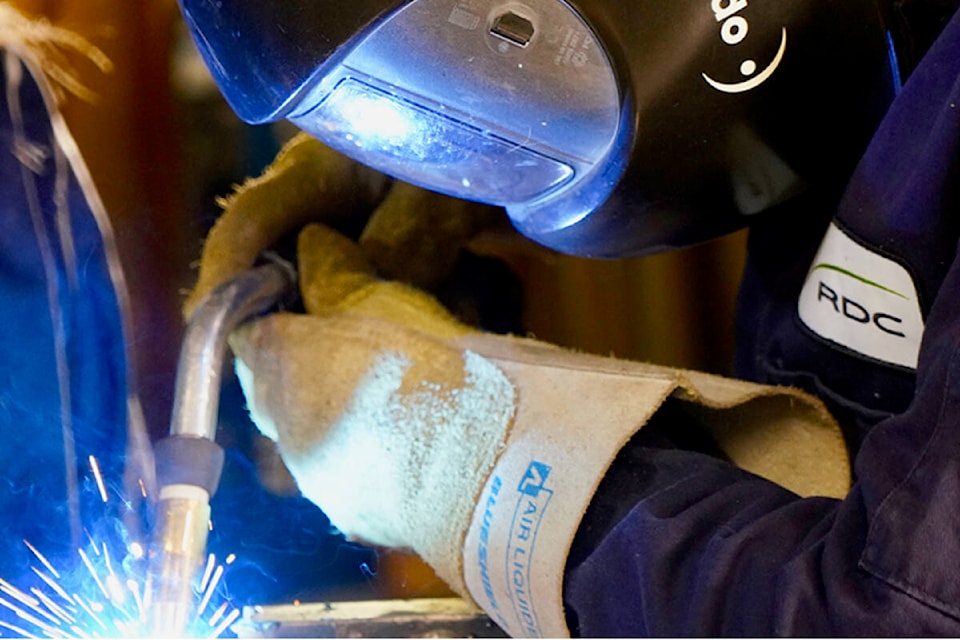Red Deer Polytechnic is expecting a surge in its apprentice programs as the economy heats up and the demand for workers increases.
RDP dean for the school of education and trades Joel Gingrich said trades programs took a hit across Alberta as the economy tanked.
At its peak in 2013-14, about 3,200 students were enrolled in RDP trades programs. This year, about 1,600 student apprentices are expected, roughly the same as last year.
“There has been a significant decline. That story is common across the province. In talking with the other trades deans, it’s not uncommon for them to say they’re at half the number of students they were at the peak.”
There is typically a 12- to 18-month lag from when the economy starts to pick up and companies begin hiring again to when apprenticeship programs start to see their numbers climb again, said Gingrich.
The delay is largely because companies who now find they are getting much more work need to hire quickly and put people on the job as soon as they can. As companies scramble to meet demand they are understandably a little reluctant to lose their new hires to school.
As the situation stabilizes, companies are more open to seeing employees upgrade their skills by getting their apprentice tickets.
“We tend to see that the number of apprentices follows the economy by about 12 to 18 months,” he said.
On that timetable, RDP and the other 10 schools offering apprentice programs in Alberta expect to see renewed interest and increasing enrolment early in 2023.
At RDP, they are making efforts to make apprenticeship training even more attractive to prospective tradespeople. One of the offshoots of the pandemic and the health restrictions put in place at various times was that RDP had to be more flexible in how it offered programs.
In the trades, students were able to do their theory work from home while returning to class only for the practical hands-on training.
While restrictions have been lifted, remote learning has been kept as an option in what is called blended program delivery.
About one-third of incoming students are choosing to sign up for blended delivery.
“What we’re finding is that the students who are picking that version in some cases are picking it so they can continue working,” he said.
Besides allowing students to continue picking up a pay cheque and getting on-the-job experience, it means companies can hold on to their employees longer. By opting for remote learning, apprenticeship students only need to spend four weeks in RDP classes and shops, compared with eight weeks.
Gingrich has little doubt the apprenticeship program will grow. By how much, is impossible to predict.
“The question comes back to how fast and how much is the economy going to continue to grow. That’s absolutely the case with trades apprenticeship programs is they’re so closely linked to the economy and the workforce and the demand for that workforce in the region.
“How much (the program) will grow is a function of how much the economy will grow.”
